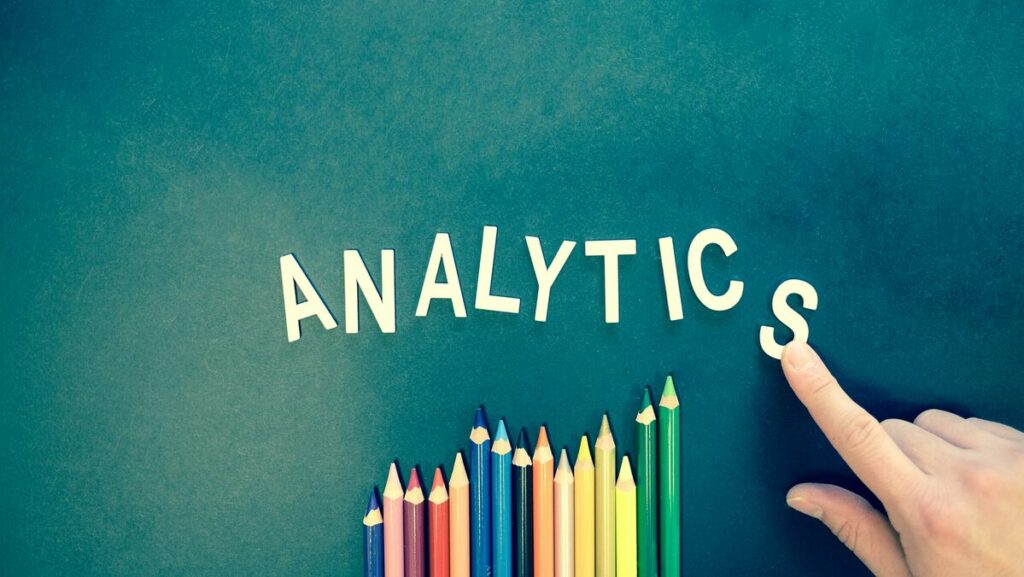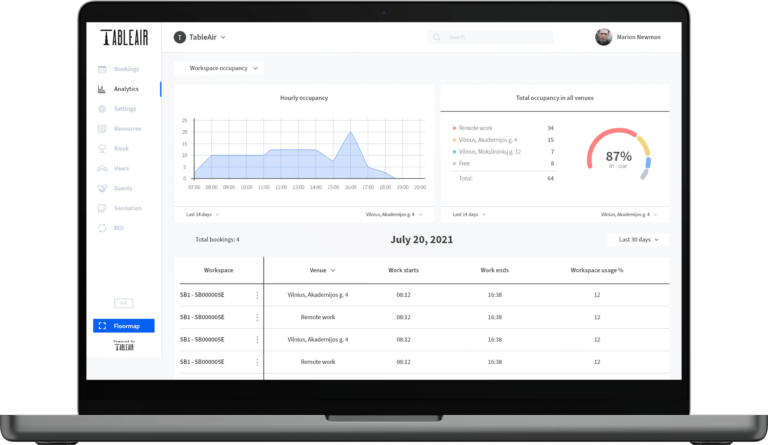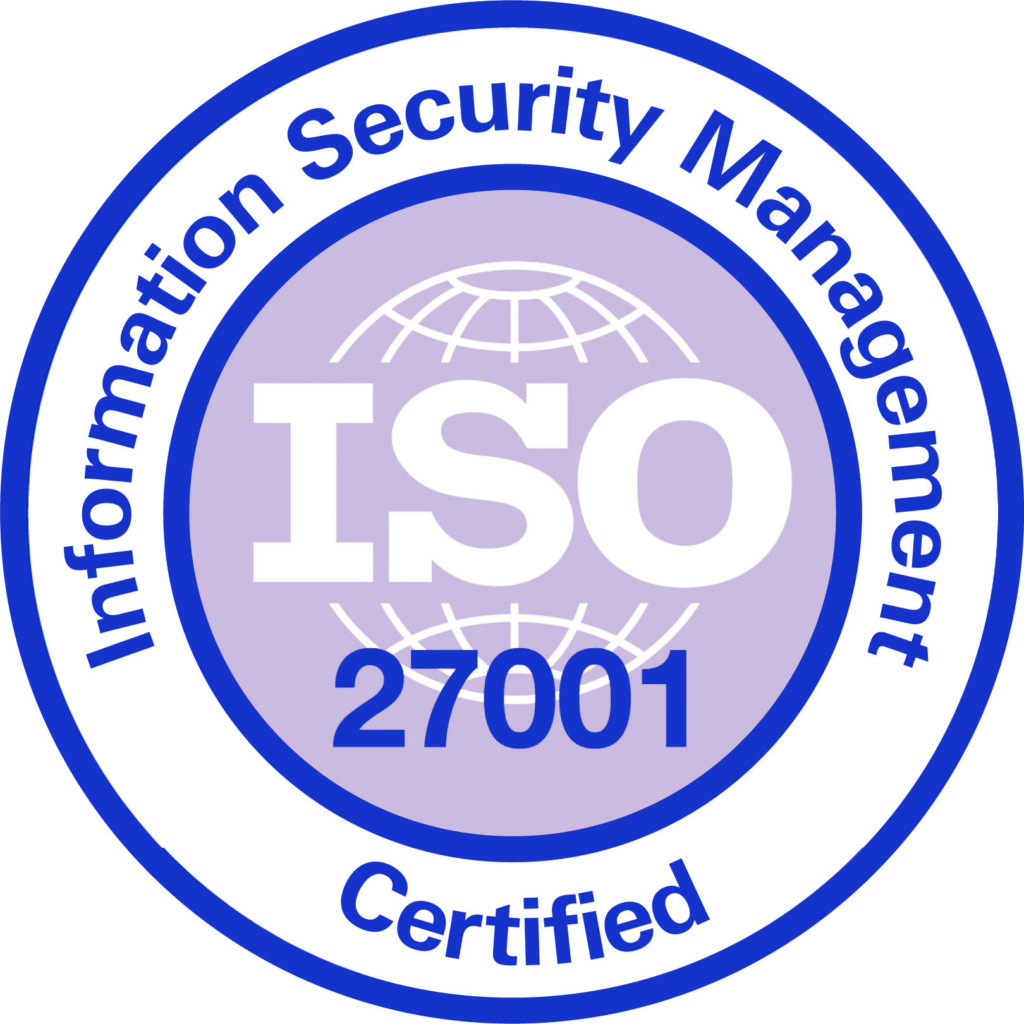
Workplace insights plays a vital role in effective office management. It offers substantial benefits such as improved decision–making, increased employees’ productivity, employees and visitor experience, and simplified strategic office space management. Analytical data consists of three main categories – office, employees’ productivity, and employees’ experience analytics. Different data from office analytics gives valuable insights about office occupancy, capacity, utilisation, number of space bookings, and many more.
What Is Workplace Insights, and Why Is It Significant?
Workplace insights involves collecting, synthesising, and analysing data from various sources. It aims to improve workplace strategies, optimise office space management, and bring a positive employee experience. Workplace data empowers leaders to explain and predict the business results and measure the impact.
Analytics and insights are beneficial and powerful tools for companies to simplify processes, accelerate decision–making, and boost employee productivity, collaboration, and well-being. One of the most crucial aspects that analytical data provides is a data-driven and flexible change strategy.
Advanced insight solutions allows tracking, analysing, and measuring real–time data. It shows your office occupancy and helps to optimise it. With workplace metrics, the company can ensure enough amenities for employees and that the office space is effectively organised.
Workplace analytical data helps CEOs or executives to verify, understand and quantify their decisions. According to a survey conducted by PwC, highly data-driven companies are three times more likely to report meaningful improvements in decision–making processes than those relying less on data.
A resource booking solution is considered one of the workplace data gathering tools. It includes features that collect data on how employees use the workspace and facilities. For example, resource booking solution tracks how often a particular meeting room is used, which teams tend to use it, and for what purposes. This information can provide valuable insights into how employees collaborate and interact with each other. By analysing data from a resource booking solution, organisations can make informed decisions. This can include allocating resources, optimising workspace utilisation, and improving collaboration between teams. Using the insights can lead to increased productivity, efficiency, and employee satisfaction.
How to Exploit Space Booking Data?
The resource booking software provides companies with meaningful and valuable workplace insights. With in-depth actionable insights, companies can reduce or eliminate the resources they do not need. They can also maximise the tools which enhance their efficiency, continually improve productivity, and well-being.
With such software, you can track numerous workplace data such as:
- Employee work patterns. To analyse the time when employees are usually gathering at the workplace;
- The number of office desks needed for the day and to manage the office space efficiently according to that data, the office design or layout can be changed;
- Optimisation of the office space, for example, to minimise the space and to do not use one floor of the office building;
- To know the most popular workplaces of employees. Due to those analytics, you can conclude why those workplaces are so popular and adjust other not-so-likeable workplace spaces.
By implementing the booking system and check-in, the company can analyse and track ghost bookings and gather more accurate data about the employees’ presence in the office.
There are different check-in possibilities that some space booking software offers – QR code, booking device, NFC or RFID cards, or sensors for automated check-ins.
QR code is the most cost-effective way to check in to a booked desk on the spot and gather check-in data for workplace insights. By placing the QR code sticker on the desk, you can scan the code when you need to secure the desk. If you no longer require the desk, your reservation will be immediately cancelled.
The booking device is used for anonymous desk booking by securing it to the desk and clicking the button on the booking device. Some devices have a led light that changes colour to indicate the desk is booked.
If you use NFC or RFID cards in your office, your employees can book the desk or check in by simply touching the card to the card reader. For checking out, they can touch the card again, and the desk will be released.
Companies that don’t want additional actions for checking in and seek to have anonymous data can use occupancy sensors. Whenever somebody sits at the desk or enters the meeting room, the sensor automatically books the space. It collects the data that can be tracked and analysed. The sensor also automatically releases the reserved space whenever it becomes empty.
Let’s discuss the benefits for the companies when collecting, analysing, and tracking workplace insights while using space booking solutions.
1| Workplace Insights Helps to Optimise the Costs
The valuable workplace insights help with planning and decision–making around office conditions. With accurate data, the company can provide a more strategic perspective on cost- reduction and implement the best practises. Also, when you have the office occupancy metrics, you make data-driven decisions to support the organization’s long – terms goals and forecast future spending on the office.
Workplace metrics help avoid abandoned meetings, double bookings, over-usage or under-usage of office spaces, and shortage of workplaces. Still, with the integration of analytical tools and data, your office occupancy will be optimised more effectively.
2| Data-Driven Decisions Increase the Well-Being of Employees
Employee working patterns are critically crucial. When you know when and where your employees work the most, you can adjust the working time and location policy. In recent years, many businesses have allowed more flexibility to their employees. The studies show, flexibility enhances employees’ productivity.
As Gartner 2021 Digital Worker Experience Survey found – 43% of respondents said that flexible working hours had boosted their productivity. 30% of interviewees claimed that less time commuting to work enabled them to be more productive.
Analytical data should save employees time and reduce frustration when scheduling office spaces for individual work or team collaboration. Besides, the metrics of employees’ most used and popular workspaces are essential to know what areas employees prefer and why others are not so popular. Such metrics will help to optimise the office space and create a more welcoming environment for the employees.
3| Simplification of Office Space Utilisation
By using smart workplace insights to efficiently identify the best and worst performing office spaces, you can depict how better to utilise underperforming office spaces. For instance, meeting rooms can be unused often and can be repurposed into different kinds of areas. Or you can catch the ghost bookings when employees book a space but fail to show up, resulting in unused space.
Resource booking software can track office attendance and reservations and automatically release unoccupied spaces, making them available for others to use. Depending on your goals, there are more ways to use data for office space utilisation.
4| The Flexibility of Workplace Data
It is essential to ensure that data is relevant, real–time and accurate. The three characteristics of robust workplace data are powerful, configurable, and easy-to-use metrics. The workplace data collected from space management software can be cut and provided for various valuable insights in different periods, locations and times.
Also, such metrics as daily, weekly, or monthly office occupancy, office space and meeting room usage, meeting density, employee habits, meeting frequency, no-shows and highest demand for office desks and meeting rooms can be measured and tracked.
You can turn the data into intelligence gathered from multiple sources. Provide meaningful insights with your company’s integrated technology. The best feature of such software is that you do not need to hire a data specialist or other analysts to help interpret the data results. It is easy to collect and understand.
Why Is Workplace Insights Essential?
The future of the work industry has never been more dynamic than it is today. Companies need to adapt to the changes of fast-paced workplaces. Analytical data of workplace and workforce help to deal with these challenges. With workplace insights solution, companies can save time and costs, increase the productivity and well-being of employees. It also helps to manage office occupancy well, and make predictions for the future.
Workplace insights allows measuring various aspects of office management. The data show whether predictions have reached the outcomes. Analytical tools also provide organisations significant workplace attributes, including productivity, collaboration, and flexibility.
By implementing data-driven decisions, companies can optimise their office space for the team, employees, and business and workplace metrics can help understand and manage the processes.
How to Get the Most Out of the Analytical Data?
Creating a data-driven culture in the organisation is crucial when collecting, analysing and tracking workplace data. Everyone in the company should focus on working together and implementing data-driven decisions, from executives to analytics and AI leaders. All employees should adopt and maintain it. It should be managed and interpreted correctly to get the most out of workplace gathering and analysing data solution.
Accurate analytics provides the companies resiliency to unexpected changes. The organisations can feel safer and more robust than those that fail to plan.
To Conclude
The data-driven strategic decisions will meet higher demand for future entrepreneurs and executives. Implementing valuable insights can boost the employees’ well-being and productivity, optimise office spaces and utilisation, save office costs, and make meaningful predictions for future office management.
Workplace insights allows tracking of real-time or historical data that is easy to interpret and provides changes and meaningful improvements for the companies. The future of work is changing, and this type of data has become an essential part of workplace management strategy. With accurate data, the challenges become opportunities.



